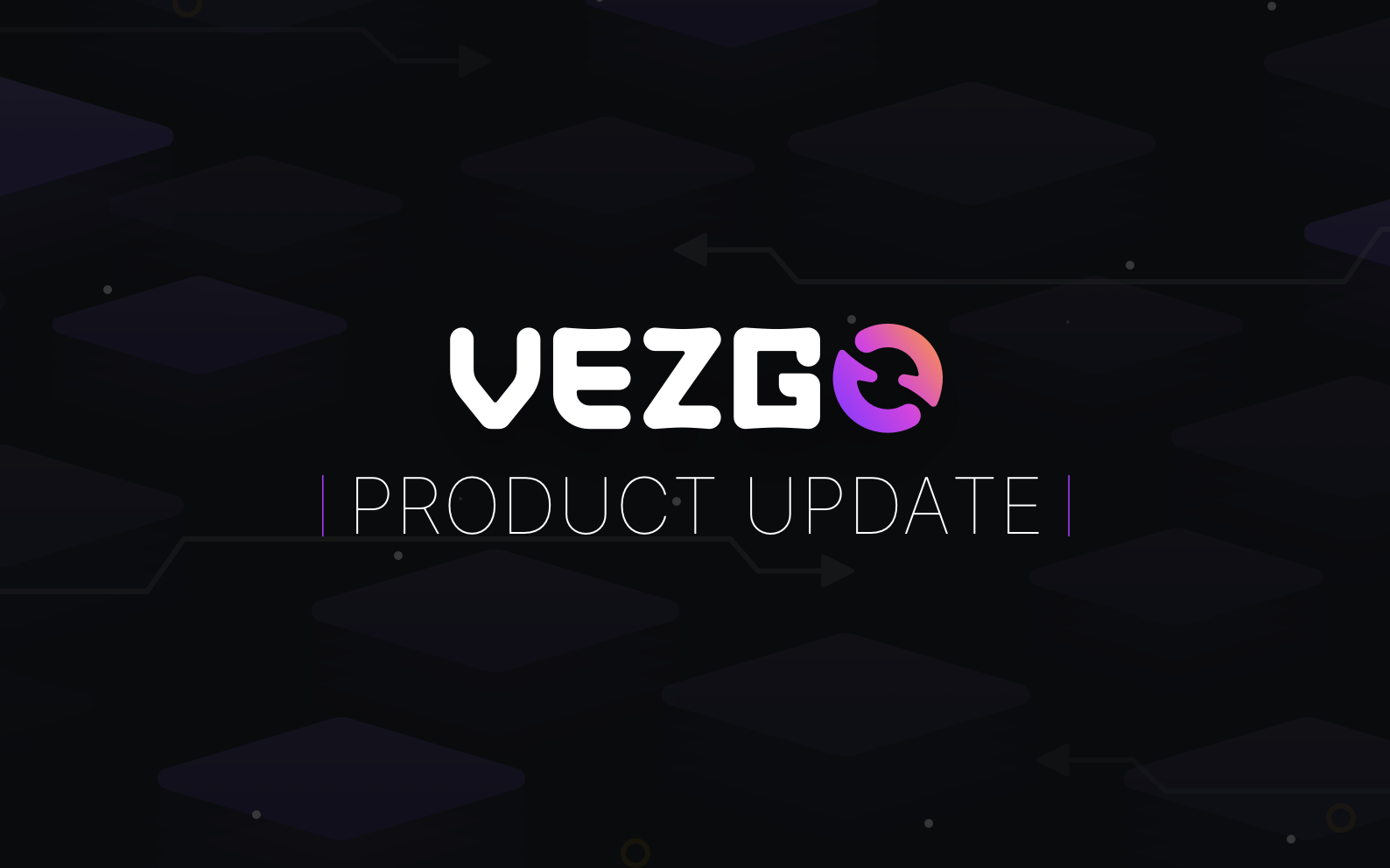
A user-friendly and ultimately successful crypto-lending platform requires thorough and adequate planning, strategizing, and excellent execution. In recent years, crypto lending and borrowing platforms have become good alternatives to traditional loans, mainly for their unique trustless attributes.
In this article, we discuss everything you need to keep in mind to develop a quality decentralized finance (DeFi) lending platform and the best approach for it. But first, let’s consider what this crypto lending platform should do, uncover some of its associated misconceptions, and go through features that make it standard.
What A Quality Crypto Lending Platform Should Do

Crypto lending platforms are often celebrated for their reduced bureaucratic processes, but it’s essential to understand the importance of procedures like KYC verifications.
These steps are not mere formalities; they serve as crucial safeguards against fraud, money laundering, and other illicit activities. Therefore, while a streamlined user experience is desirable, crypto lending platforms must balance this against the need to ensure transaction security and comply with legal regulations.
This balance may involve incorporating some form of KYC verification to validate users, even if it differs from the conventional approaches employed by traditional financial institutions.
Instead, you’ll have to rely on the intrinsic merits of a distributed ledger platform, such as transparency, data security, the absence of collusive intermediaries, and decentralization.
Remember that a quality crypto-lending platform should be flexible enough to accommodate new features easily. It should also give a peak sense of transparency in its documentation while offering users what they want as quickly as possible.
How A Top Crypto Lending and Borrowing Platform Should Work

Often, many traders, wary of the risks involved in trading, prefer to earn passive income from their stored digital assets rather than letting them lie idle. This group of people can loan out their assets at an interest rate.
The interest rates should be determined based on prevailing market conditions and fair algorithms. When a borrower comes to request a crypto loan from your lending platform, they put up their crypto collateral for the transaction. Then, a smart contract should initiate and monitor the transaction.
Borrowers can then receive fiat in their wallet after setting up their crypto collateral. Their crypto will not be released until full repayment of their crypto loans with all accrued interest is made.
Finally, since crypto lending platforms are about minimum involvement of intermediaries, your users should be able to get crypto loans and extend credits seamlessly. You can achieve this using smart contracts.
What Your DeFi Lending Platform May Not Be About
As you build your crypto lending and borrowing platform, you’re likely to encounter a few misunderstandings about such platforms. Let’s clarify a couple of these:
Accessibility for the Unbanked
A pivotal promise of cryptocurrency is its potential to extend financial services to traditionally underserved populations, such as the unbanked. However, while this aspiration is noble, it can introduce significant challenges for a growing crypto lending platform.
The necessity of owning crypto assets to participate in crypto lending might be a barrier for those unfamiliar with obtaining and managing these digital assets. Additionally, the complex and often unintuitive user interfaces of many crypto platforms can dissuade novices.
In the early stages of your crypto lending and borrowing platform, it might be more strategic to cater to users who are already versed in cryptocurrencies.
These crypto-adept individuals are likely your early adopters, understanding the value proposition of crypto loans and navigating your platform with ease. But to ensure long-term growth and inclusivity, consider ongoing efforts to simplify the user interface and enhance the user experience to appeal to a wider audience.
Lending Models: Peer-to-Peer vs. Pool-Based
Lending Models: Peer-to-Peer vs. Pool-Based
There’s a belief that crypto lending should strictly be a peer-to-peer transaction. However, while the peer-to-peer model is true to the decentralized ethos of crypto, it can lead to inefficiencies such as delays. Lenders and borrowers must be individually matched, which can lead to wait times and potentially less optimal loan terms.
An alternative is to use a pool-based model. In this model, lenders contribute to a common pool from which borrowers can draw. This approach can streamline transactions and offer more immediate loan fulfillment.
That said, there are successful platforms, such as Aave, that offer peer-to-peer transactions among its top users, enabling personalized negotiations off the platform while initiating transactions on the platform. As a new platform, you might consider starting with a pool-based model for efficiency, and as your user base grows and matures, consider introducing peer-to-peer options for those users who prefer it.
Centralized vs. Decentralized Models
It’s worth considering the degree of centralization in your platform.
Many advocates of blockchain technology argue that decentralization, by its nature, can increase security by distributing control and eliminating single points of failure.
Therefore, while centralization might offer more administrative control, a fully decentralized platform could potentially offer more robust security.
he ideal model will be determined by your specific objectives, the needs of your user base, and the nature of the services you’re offering.
Features of A Quality Crypto Lending Platform

Having discussed what you shouldn’t bother with in developing your platform, let’s dig into the features your platform should possess to make it high-end.
- Easy wallet connectivity
Lenders need to be able to connect their wallets to your platform easily. Borrowers also need a way to prove that they own the crypto collaterals they claim to have. Your lending platform should offer seamless wallet connectivity.
- Crypto on-ramp and off-ramp
It is pertinent to your users to be able to convert their fiat currencies into crypto and vice versa. Admittedly, this may require KYC verifications, which initially may sound counterintuitive. But there’s no easier way to get a wide range of users for a start than allowing everyone to come on board, whether or not they previously held cryptocurrencies.
- Flash loans
Considering that users can take out flash loans without collaterals is a great feature. Sometimes, users want to make quick instantaneous transactions and want to leverage crypto loans. This feature enables them to take quick crypto loans under much-minimized timeframes and specified conditions.
- Rates switching
The crypto market is a very volatile one. It is, therefore, common for interest rates to change alongside the market’s volatility. It’s always an excellent feature on crypto lending platforms for lenders to be able to choose between standard interest rates or variable interest rates.
- Dividends of investment
To make asset holders willing to offer up their assets for crypto loans, it is nice to attract them with attractive incentives that promote lending. Most users view these bonuses and rewards as an alternative means to earn passive income.
- Security and risk management
Consider and invest in any feature that prevents intruders from hacking your codes and taking over your platform as long as you have the budget. It also makes sense to help lenders mitigate risk, especially when approaching their overall borrowing capacity.
Steps to Building Crypto Lending Platforms

The following steps will be a guide toward building the best crypto lending platforms.
- Plan and Strategize
Now you are about to develop your crypto lending software and are faced with crucial choices. Learning more about your target users can help you streamline your choice into only what is necessary.
For instance, flagging off with a web app over a mobile app could be more rewarding. Web apps have compatibility considerations in their code, enabling them to be used for various screen sizes. Web apps are also more easily scalable than mobile apps. This brings about more inclusiveness for users, especially at kick-off.
You should aim to achieve a congruent point where the company’s objectives and users’ needs converge.
It is also great to plan for the future after your crypto lending platform goes live. Consider what extra features could be added to it going forward.
Planning also helps you decide whether to use third-party integrations for your smart contracts and APIs or develop yours from scratch based on your budget and prevailing conditions.
- Product Design
In developing your crypto lending platform, plenty of attention should be given to your user interface and the satisfaction your user gets throughout their entire journey of completing a crypto loan transaction on your platform (user experience).
Consider developing several models and randomly sampling potential users to get their feedback on what best works for them. Your designs should be flexible enough to allow the integration of new features even after the platform is up and running.
- Develop your crypto lending protocols.
Now that you have properly planned your lending platform and have a design framework to use, it is time to develop your platform.
Select the appropriate programming language and tools based on the requirements of each part of the platform. For the customer-facing interface, JavaScript, in conjunction with libraries such as React or Vue.js, can be utilized. For the backend, Node.js can be used to handle server-side operations. In the case of developing smart contracts for a blockchain-based platform, Solidity is the preferred language.
Concerning wallets, it is good to consider a wallet that accommodates a wide range of cryptocurrencies as well as what your users’ preferences are likely to be.
Finally, it is recommended that you avoid a waterfall approach where a particular contributor works on their part of the product and throw the remaining work to the next contributor to add theirs. Instead, a more inclusive approach that constantly allows for continuous communication amongst all contributors until the final stage of the project should be considered.
- Product testing and deployment
This is where smart contracts are deployed to the chain, and your crypto lending platform is live and running. As soon as you deploy, test your product. Ensure that there are no transfer issues. Those are quick to ruin the reputation of your project.
Finally, conduct an audit of your product to identify any potential vulnerabilities that hackers could exploit.
The Ultimate Tool for Your Crypto Lending & Borrowing Platform

Crypto lending platforms would be unusable if there weren’t ways for borrowers to prove they had the crypto collaterals they claim to have. Usually, these assets are in wallets away from your lending platform. How does your platform reach into those wallets to confirm what’s there?
Simple. Through Vezgo.
It’s important to note that this data retrieval does not constitute proof of ownership. It merely provides a comprehensive overview of the assets held in different locations. The onus of proving ownership still lies with the user, typically via traditional methods like digital signatures. Vezgo offers an API that can read and aggregate crypto holdings and transaction data from exchanges, wallets, blockchains, or even NFTs. And if it wasn’t clear before, you only need ONE API for all these integrations.
Currently, the Vezgo API connects to over 300 platforms, including Binance, Kraken, Trust Wallet, Atomic Wallet, Polygon blockchain, and xPub addresses. And over 50 companies already trust Vezgo as their blockchain API, including ChainCo.
ChainCo provides a blockchain-based platform that allows traditional lending institutions to collateralize tokenized assets, thereby facilitating their entry into the digital assets market.
With Vezgo, you can concentrate on your core crypto lending features while your wallet connectivity needs are settled, ultimately taking your crypto lending platform to the top.





Comments (2)
What is a Financial API?says:
23 September 2023 at 12:57 pm[…] Crypto lending and authentication platforms […]
Integrate the Bitvavo API with Vezgo - Crypto APIsays:
5 March 2024 at 8:26 am[…] of this API include portfolio trackers, tax and accounting software, crypto insurance platforms, crypto lending platforms, and so many […]